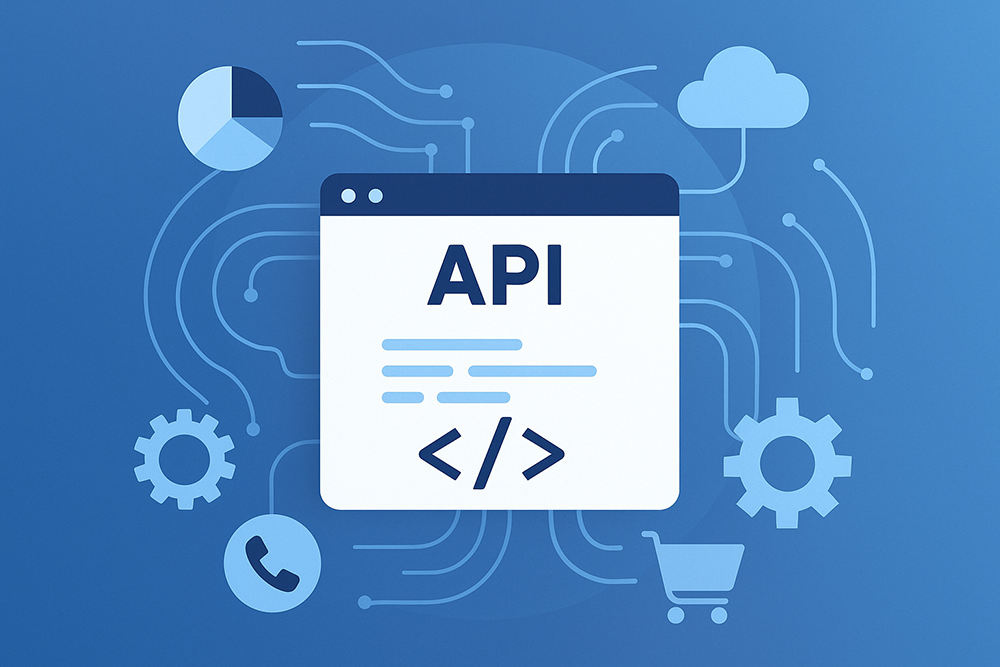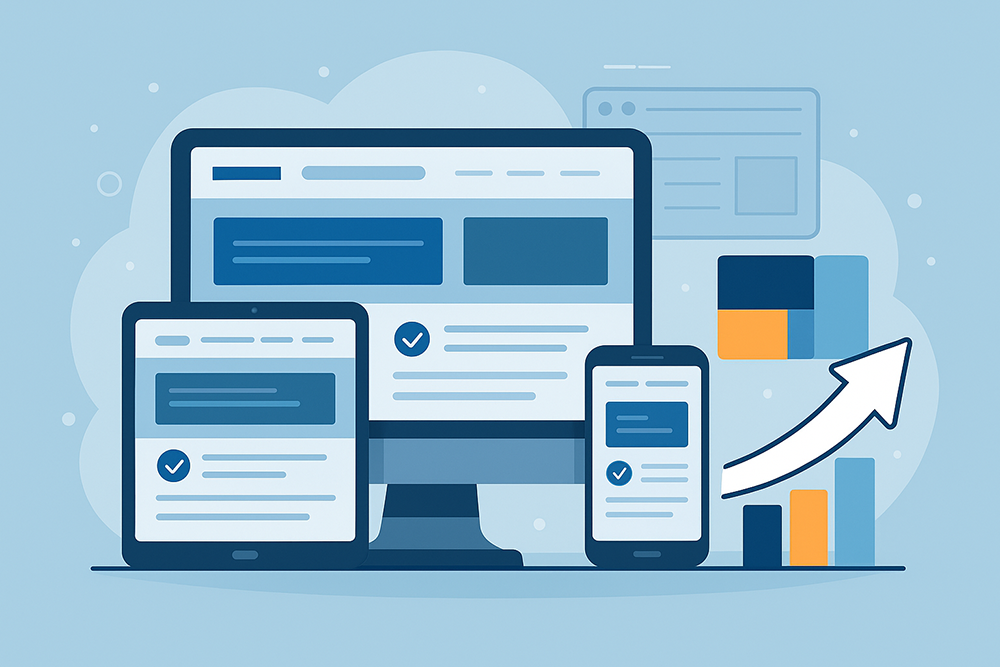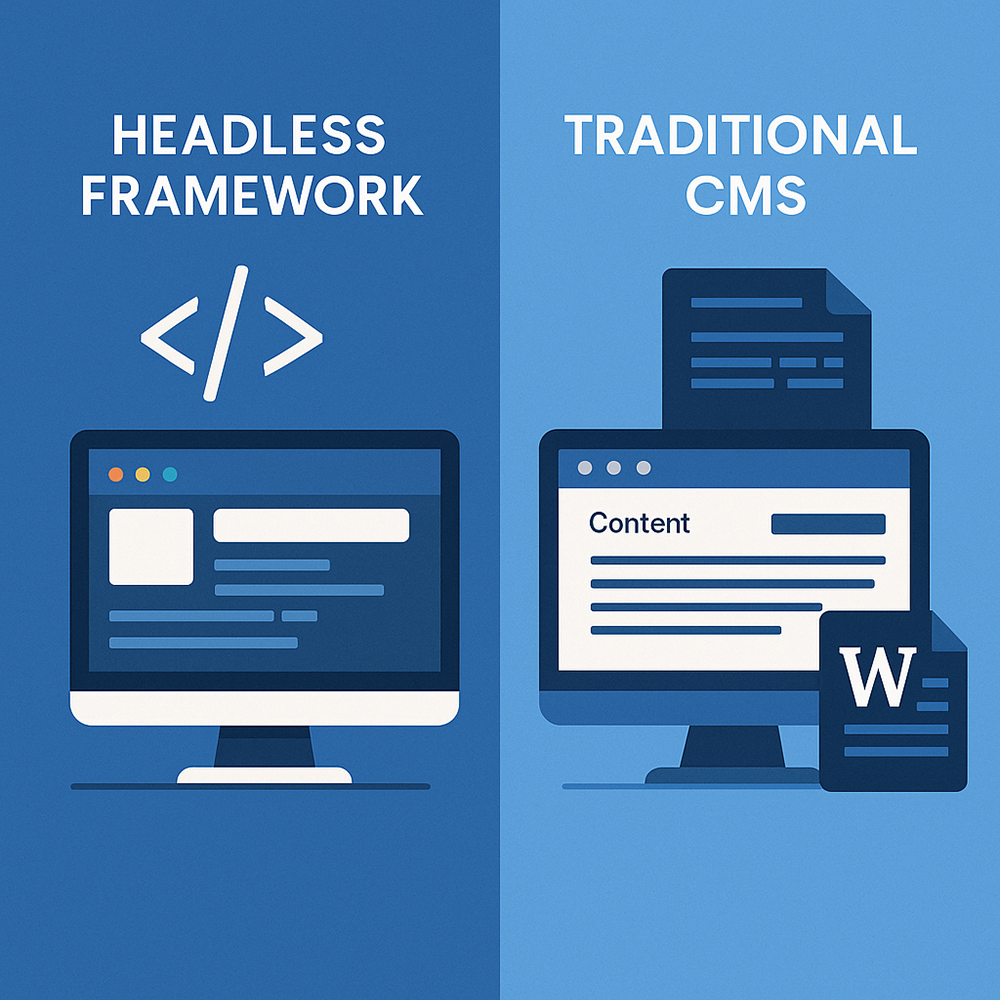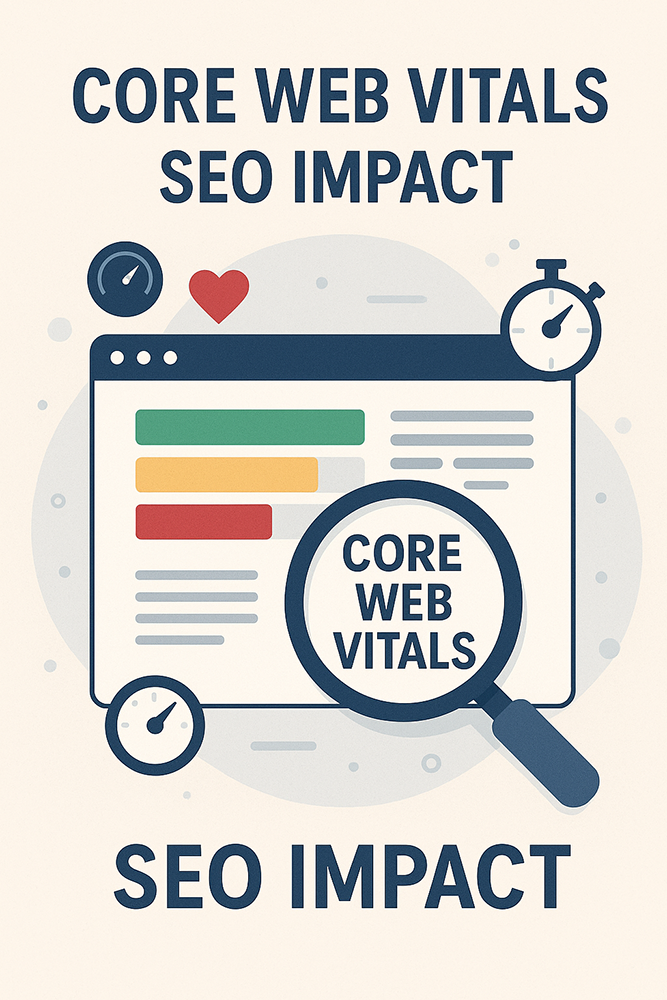In the digital age, a website serves as the primary gateway for many businesses to connect with their audience. However, for a significant portion of the population, navigating the web can be a challenge due to various disabilities. Website accessibility, often abbreviated as A11y (because there are 11 letters between 'A' and 'y'), is the practice of designing and developing websites so that people with disabilities can perceive, understand, navigate, and interact with them. It's not just a matter of compliance or good practice; it's a business necessity and a moral imperative.
What is Website Accessibility?
Website accessibility ensures that individuals with diverse abilities can use your website effectively. This includes people with:
- Visual impairments: Blindness, low vision, color blindness (using screen readers, magnifiers, high-contrast modes).
- Auditory impairments: Deafness, hard of hearing (using captions, transcripts for audio/video content).
- Motor impairments: Limited dexterity, paralysis (using keyboard navigation, voice control, assistive devices).
- Cognitive impairments: Learning disabilities, ADHD (using clear, simple language, consistent navigation, predictable layouts).
The Web Content Accessibility Guidelines (WCAG) are the internationally recognized standards for web accessibility, providing a comprehensive set of recommendations for making web content more accessible.
Why Website Accessibility is a Business Necessity
- Expanded Market Reach:
According to the World Health Organization, over 1 billion people worldwide live with some form of disability. By making your website accessible, you are opening your business to a vast, untapped market segment. This not only increases your potential customer base but also demonstrates your commitment to inclusivity, enhancing your brand reputation.
- Improved SEO Performance:
Many accessibility best practices overlap with good SEO practices. For example, using proper semantic HTML, providing alt text for images, creating clear headings, and ensuring a logical site structure all benefit both accessibility and search engine crawlability. Google prioritizes user experience, and an accessible website inherently offers a better experience for all users, which can positively impact your search rankings.
- Legal Compliance and Risk Mitigation:
Many countries and regions, including the UAE, are increasingly adopting laws and regulations that mandate digital accessibility. Non-compliance can lead to costly lawsuits, fines, and reputational damage. By proactively addressing accessibility, businesses can mitigate legal risks and ensure they meet their obligations.
- Enhanced User Experience for Everyone:
Accessibility features often benefit all users, not just those with disabilities. For instance, clear navigation, readable fonts, high-contrast designs, and keyboard operability improve the experience for everyone, including users on mobile devices, those with temporary impairments (e.g., broken arm), or those in challenging environments (e.g., bright sunlight).
- Stronger Brand Reputation and Corporate Social Responsibility (CSR):
Businesses that prioritize accessibility are seen as socially responsible and ethical. This commitment can significantly enhance your brand image, foster customer loyalty, and attract top talent who value inclusive workplaces. It demonstrates that your company cares about all its potential customers and employees.
- Competitive Advantage:
In many industries, accessibility is still an overlooked aspect. By making your website accessible, you can differentiate yourself from competitors who have not yet embraced these standards, attracting a broader audience and building a more loyal customer base.
Implementing Website Accessibility
Achieving web accessibility is an ongoing process that requires commitment from design to development and content creation. Key steps include:
- Semantic HTML: Use HTML elements for their intended purpose (e.g.,
<h1>for main headings,<button>for buttons). - Alt Text for Images: Provide descriptive alt text for all meaningful images so screen readers can convey their content.
- Keyboard Navigation: Ensure all interactive elements can be accessed and operated using only a keyboard.
- Color Contrast: Ensure sufficient contrast between text and background colors.
- Clear and Consistent Navigation: Make it easy for users to find what they're looking for.
- Captions and Transcripts: Provide these for all audio and video content.
- Form Accessibility: Ensure forms have clear labels and error messages.
- Testing: Regularly test your website with accessibility tools and, ideally, with real users with disabilities.
Investing in website accessibility is an investment in your business's future, ensuring that your digital presence is inclusive, effective, and reaches the widest possible audience.
Ready to Elevate Your Business?
Whether you need a stunning new website, a powerful marketing strategy, or robust IT solutions, Lumora is here to help. Our team of experts in Dubai is ready to turn your vision into reality.
Contact Us Today


